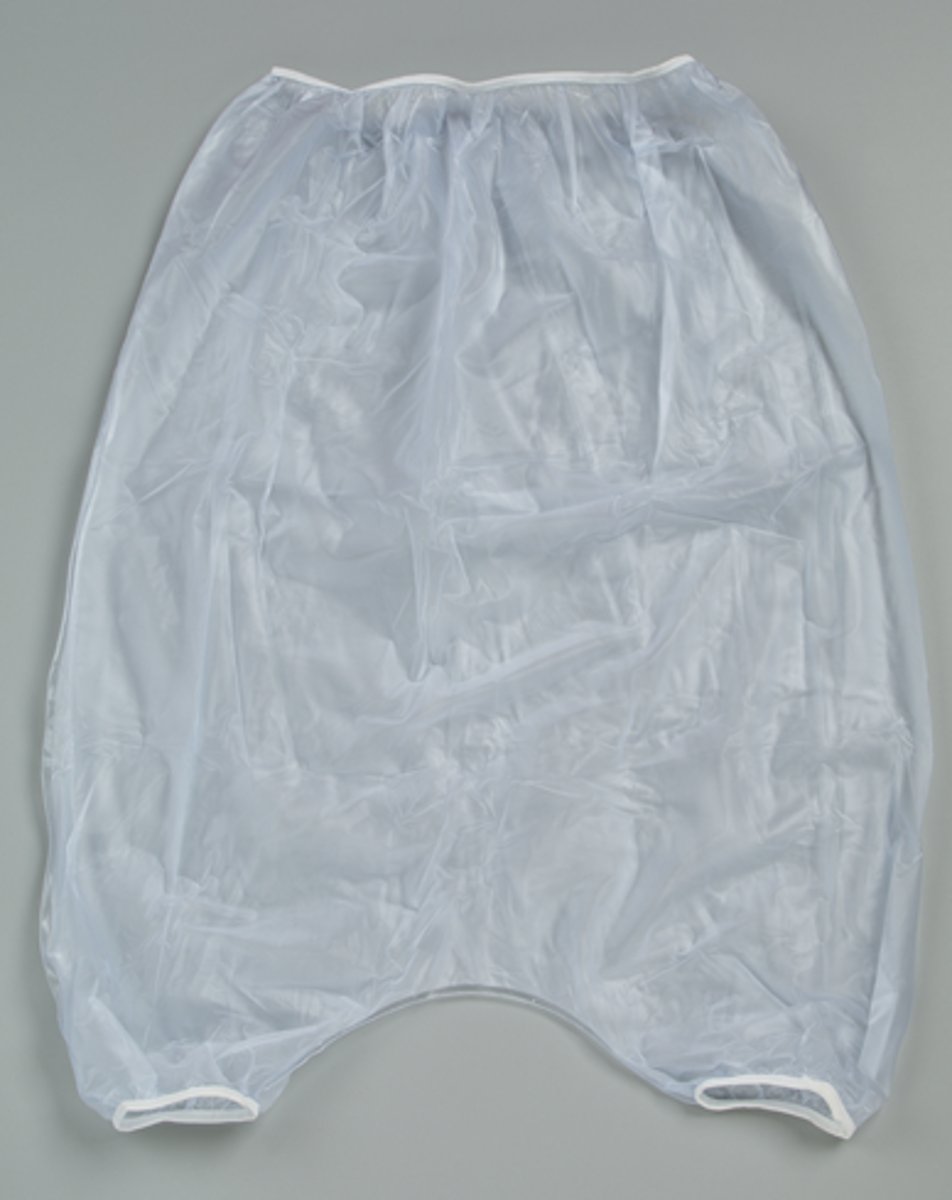Embalming Instruments & Supplies
1/40
There's no tags or description
Looks like no tags are added yet.
Name | Mastery | Learn | Test | Matching | Spaced |
|---|
No study sessions yet.
41 Terms
Aneurysm needle
A blunt instrument, is used for tissue dissection for determining the location and elevation of arteries and veins. It has an "eye" in the hook portion of the instrument, which could be used for passing ligatures around a vessel
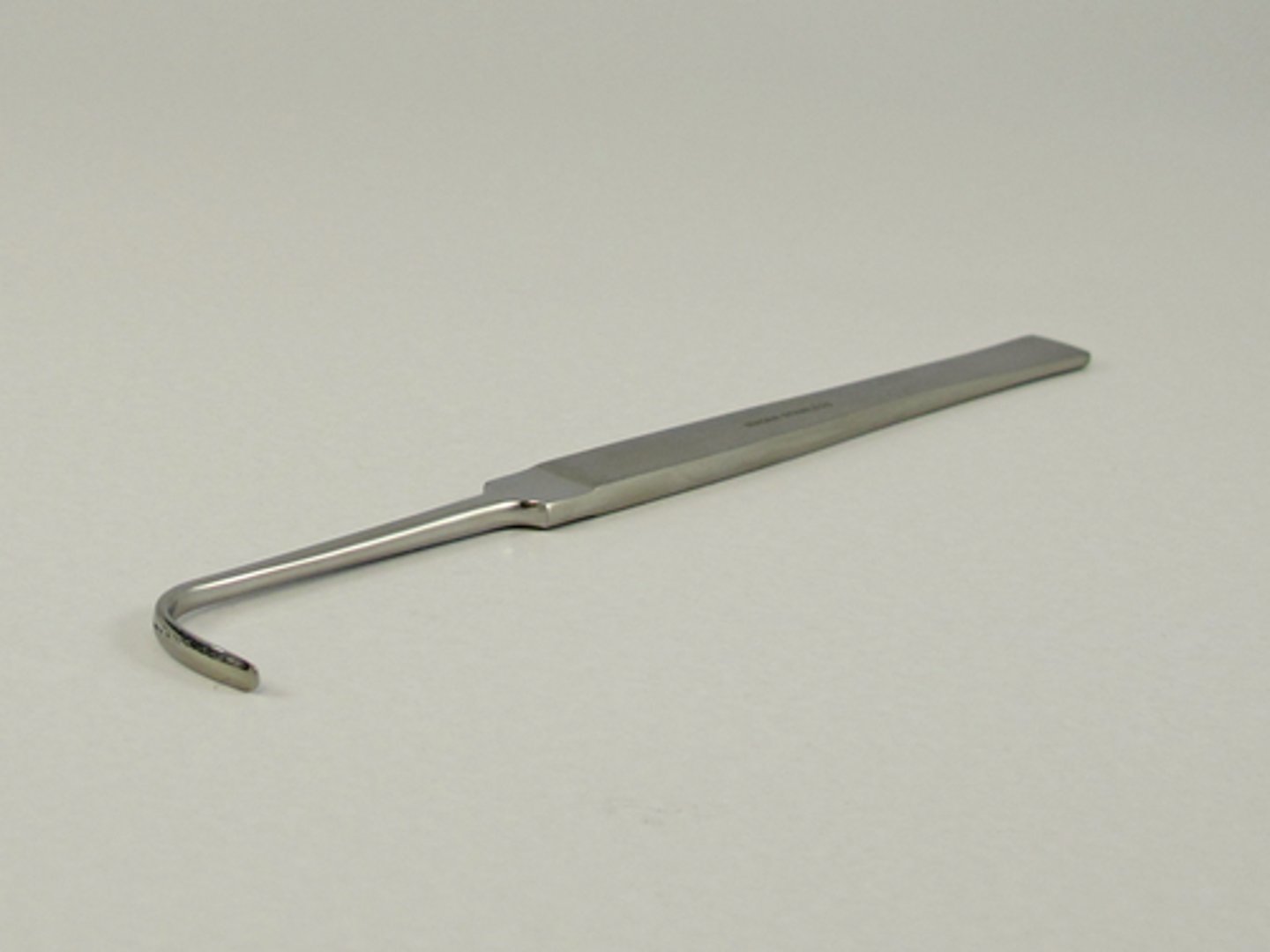
Aneurysm hook
Is similar to the aneurysm needle but has a sharp pointed tip

Bistoury knife
A curved cutting instrument that cuts from the inside outward. Used for opening arteries and veins. Can also be used for excision of tissues
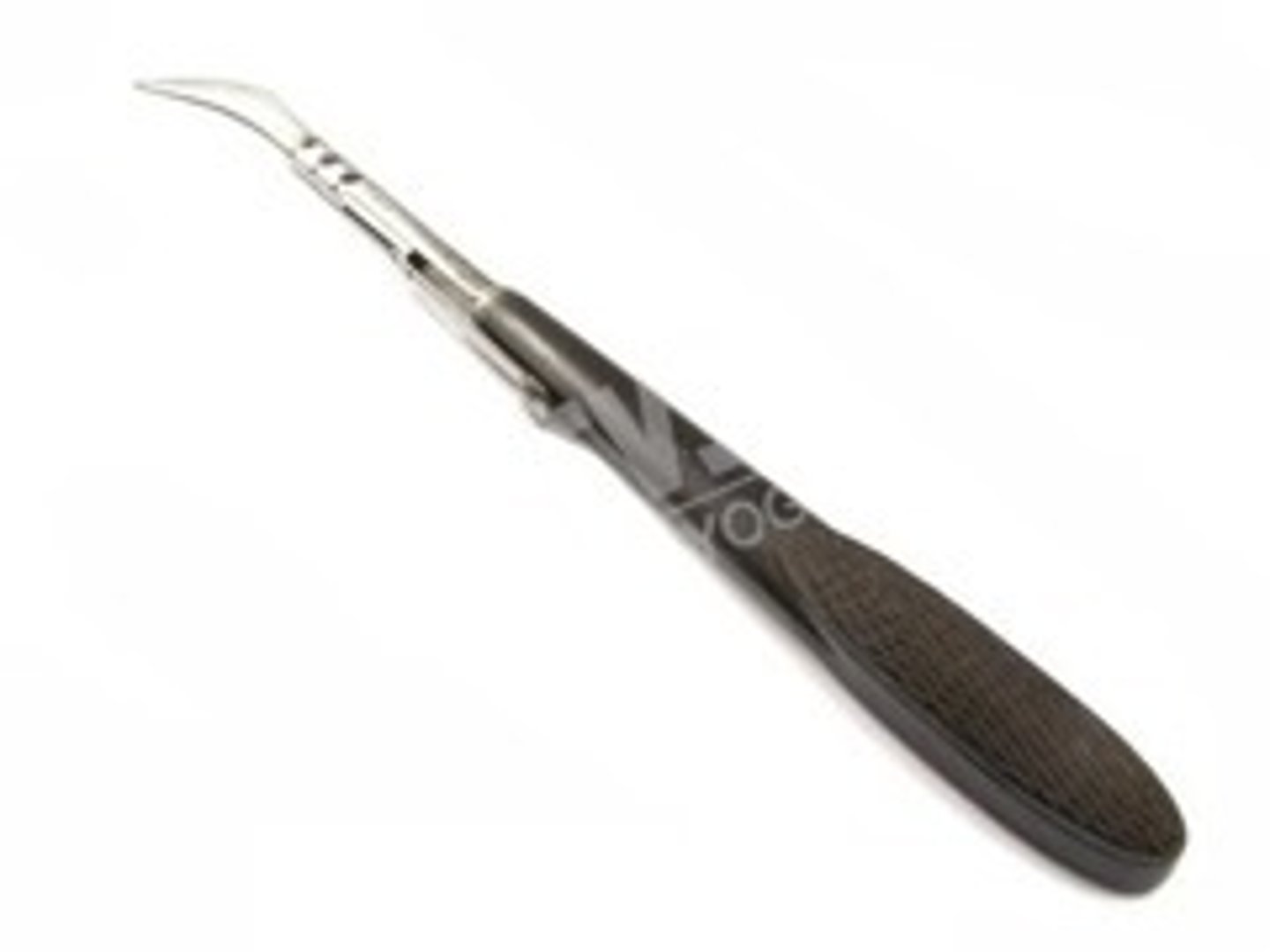
Hemostat (Locking forceps)
Used to clamp leaking vessels. The ends can be straight or curved, serrated or smooth, or plain or rat-toothed
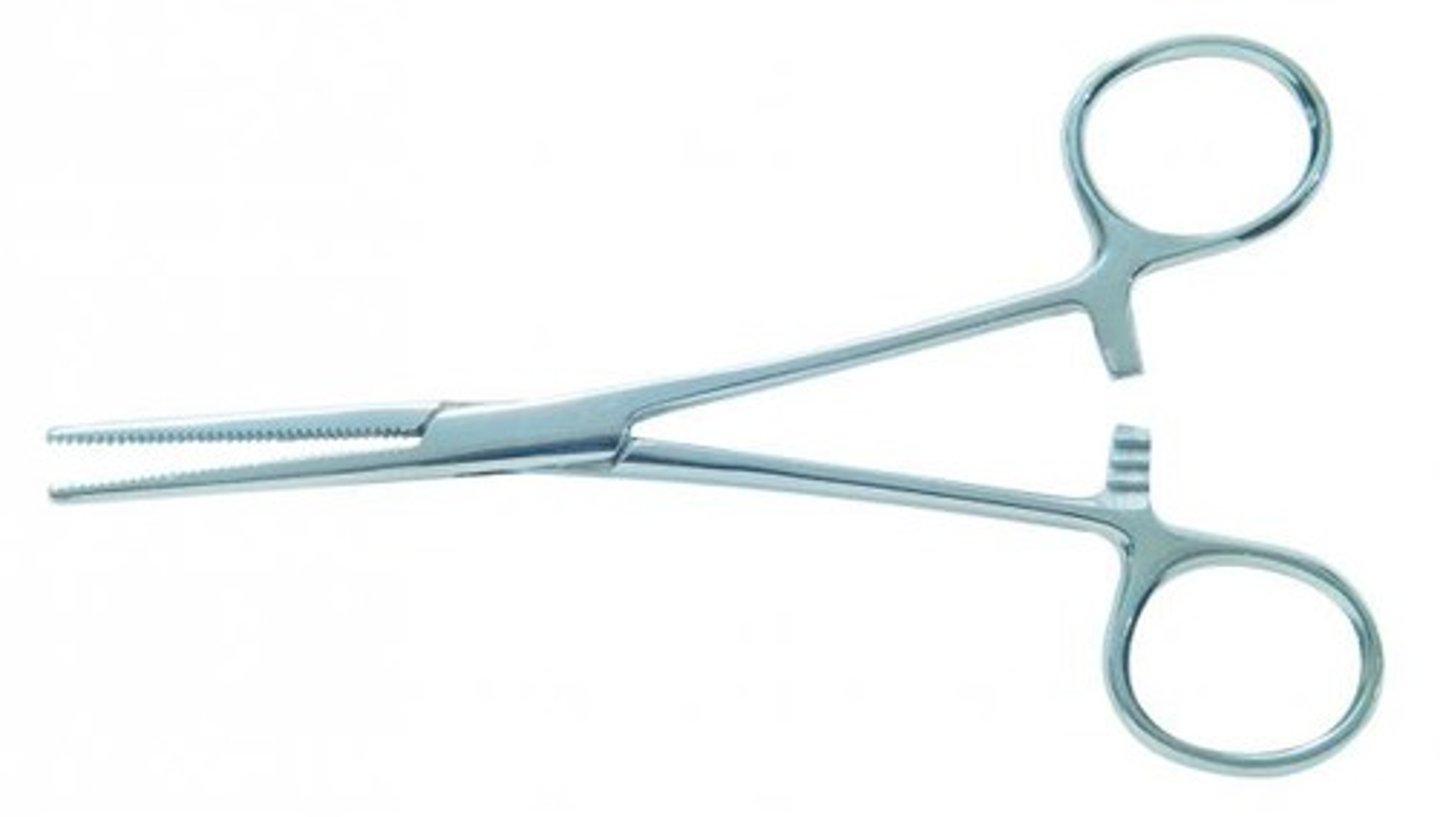
Arterial hemostat
Used to hold the arterial tube in an artery - pictured is
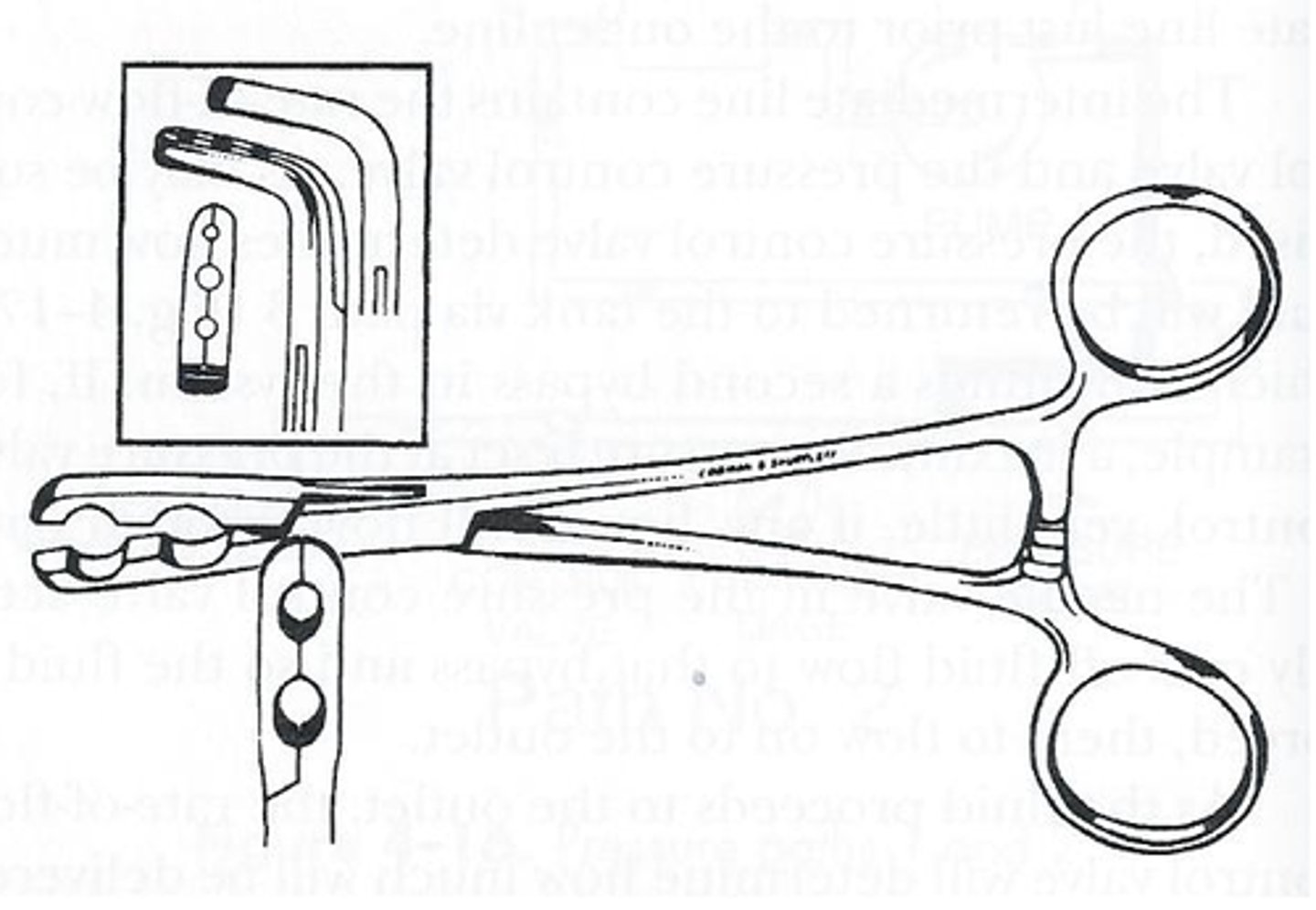
Dressing forceps
Very long hemostats used for packing orifices or handling contaminated bandage dressings
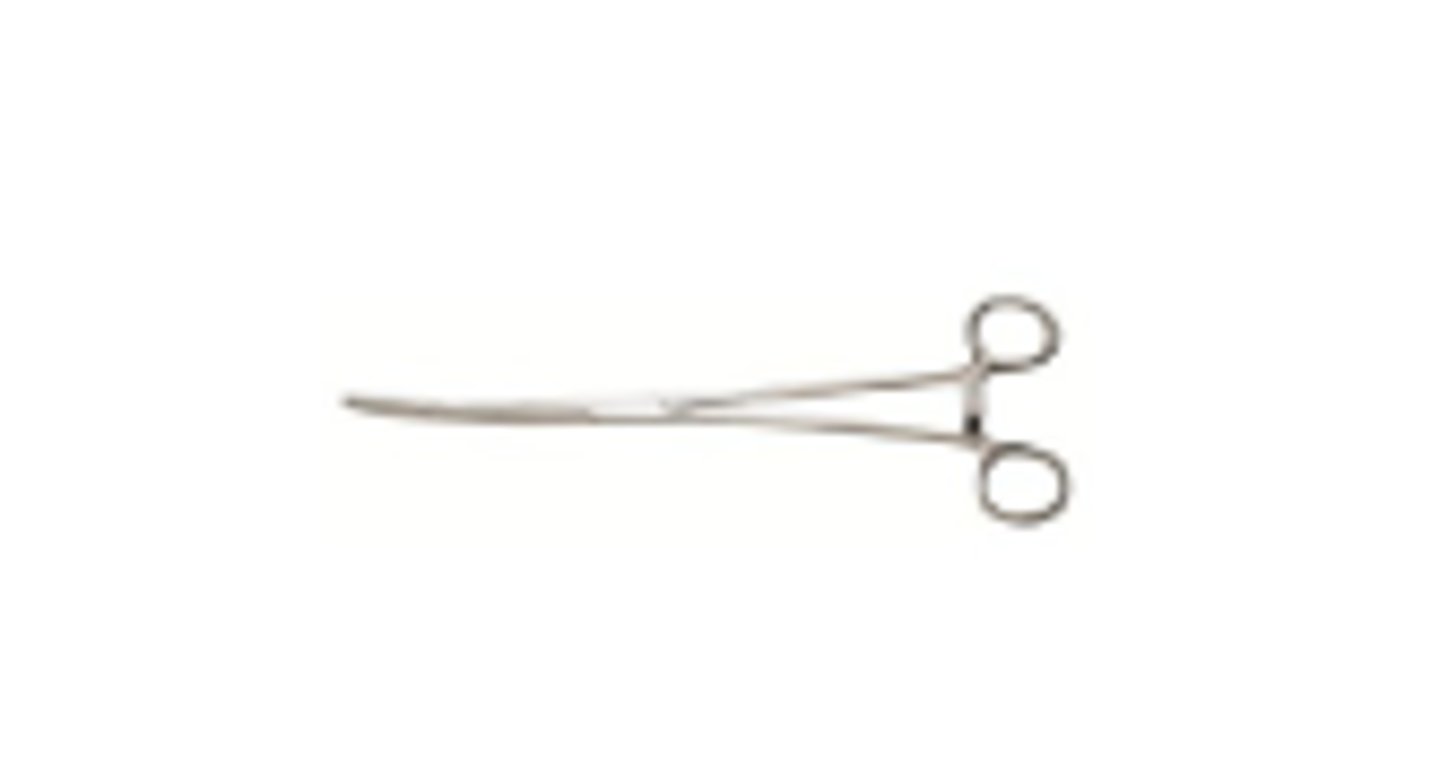
Scalpel
A sharp cutting instrument used for making incisions (permanent or disposable blades).
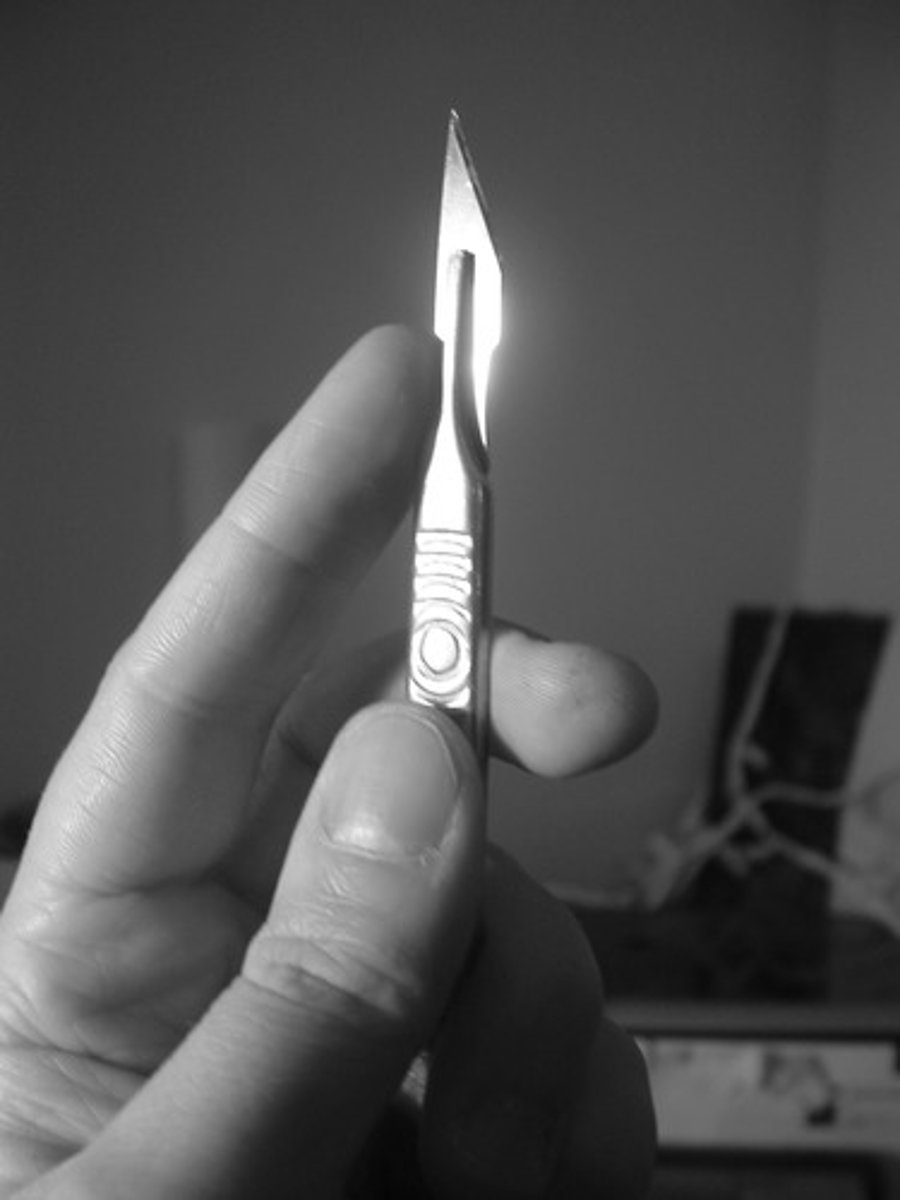
Sharps container
OSHA regulations require a container for disposition of scalpel and razor blades

Scissors
Used for cutting
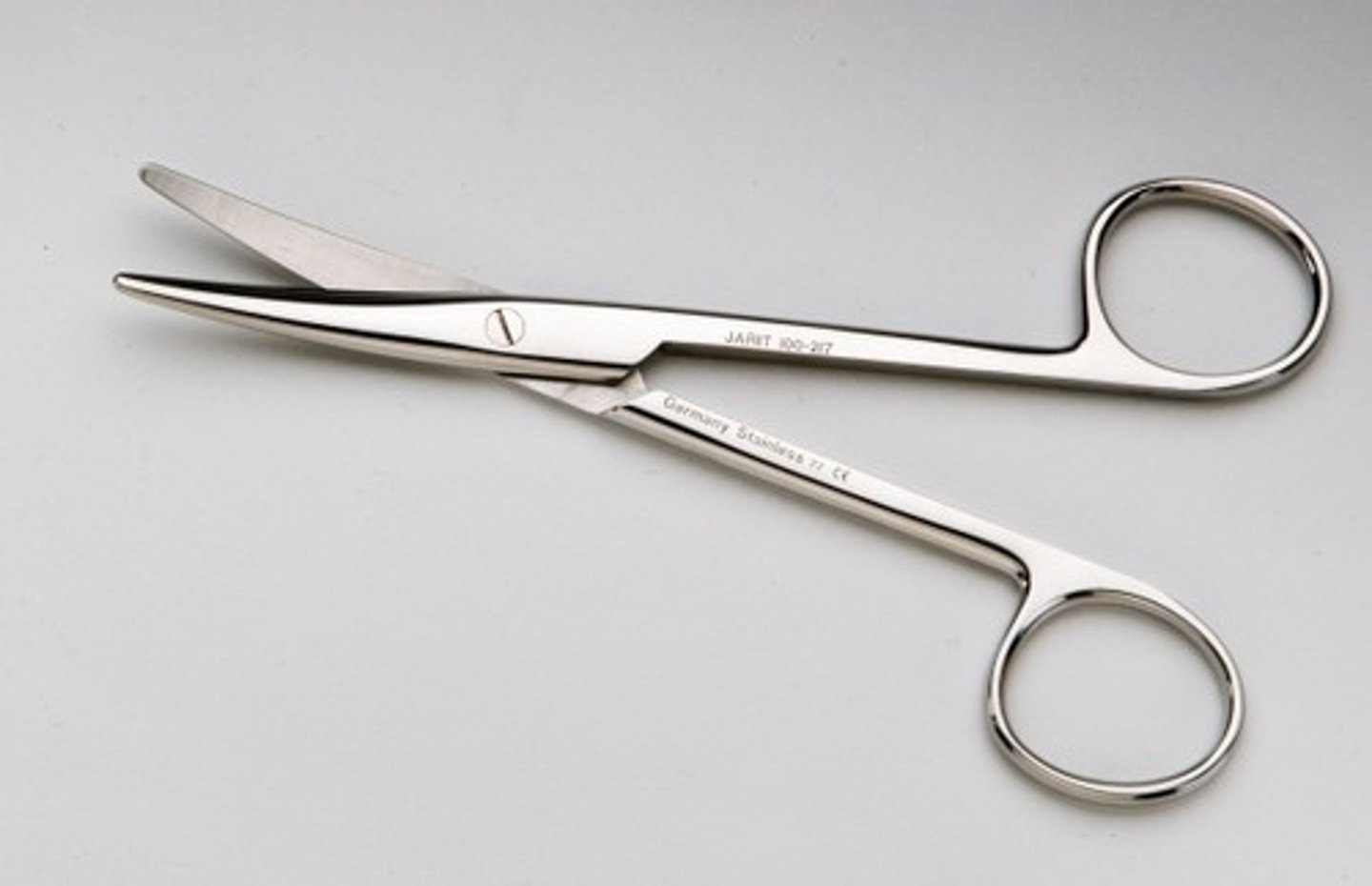
Arterial scissors
Used for opening vessels. May vary in length and their tips may be straight or curved, or pointed or blunt
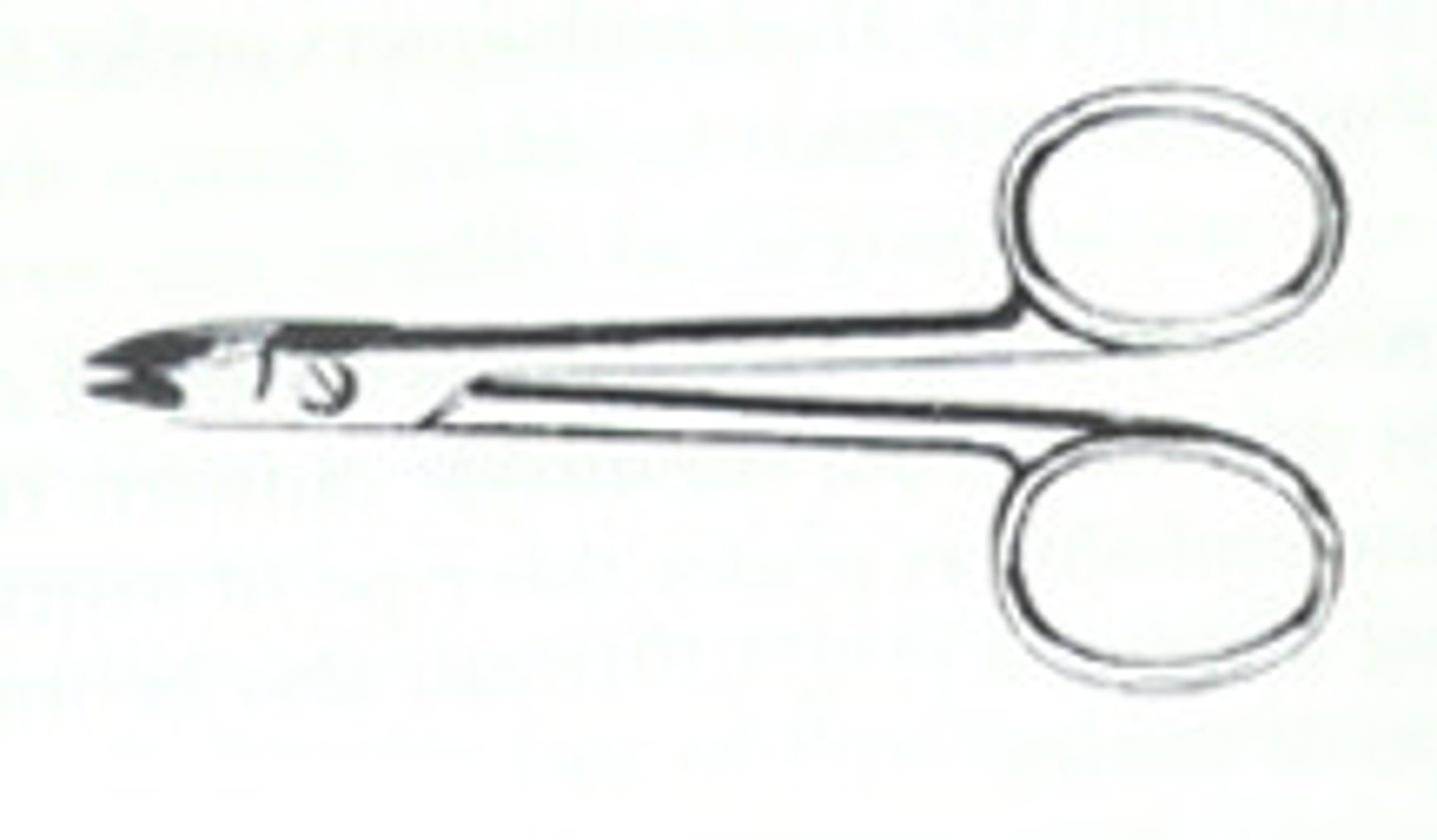
Bandage scissors
Have a very large blunt end to help protect the skin from being cut
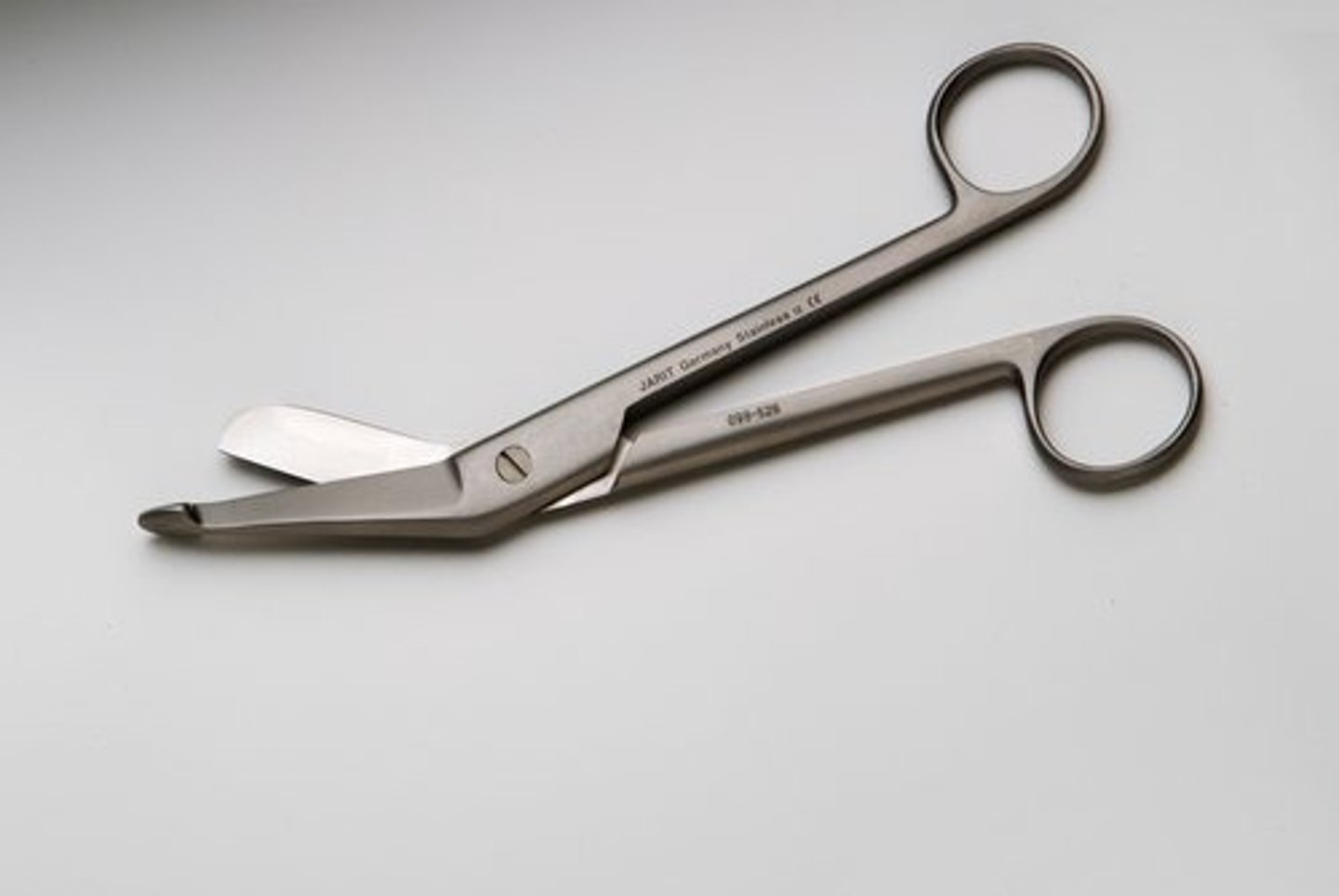
Separator (aneurysm needle handle)
Used to keep vessels elevated above the incision. The handle of the aneurysm needle is designed to function as a separator

Postmortem needles
Used to close autopsy incisions as well as incisions made to raise vessels for injections. Half or double curved
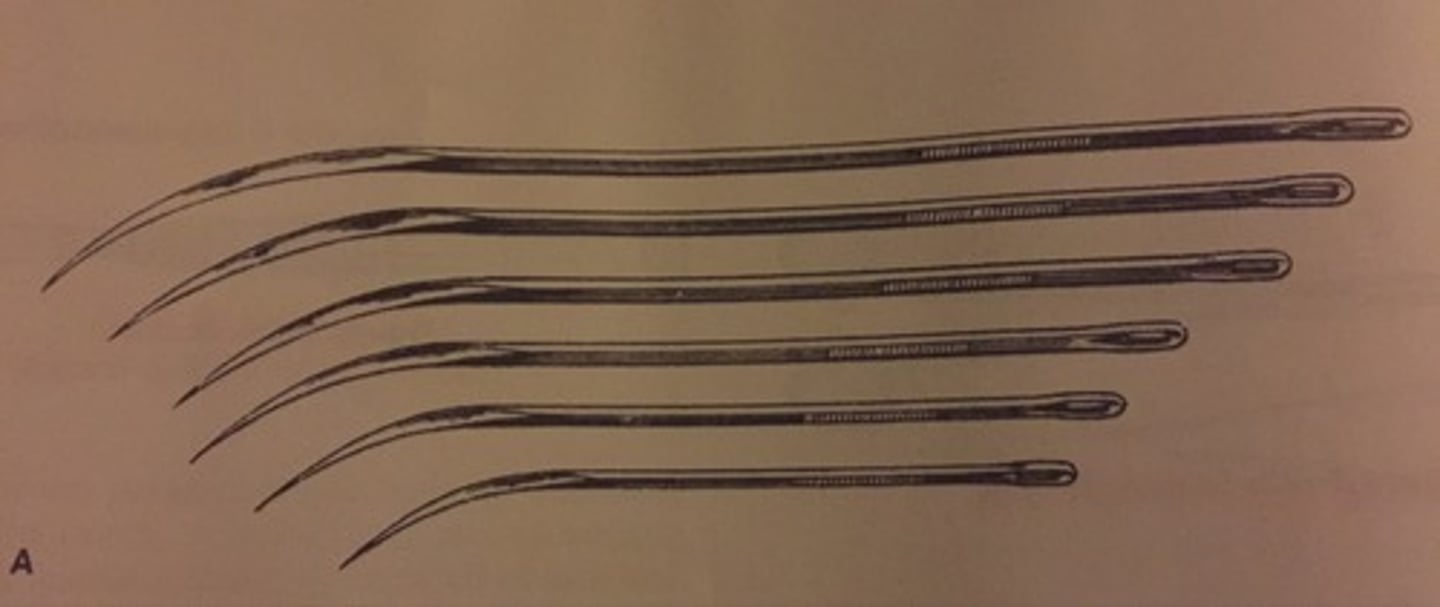
Circle needles
3/8 inch used for more delicate suturing. May be patented type called a spring eye for self threading. Edges may be smooth or cutting
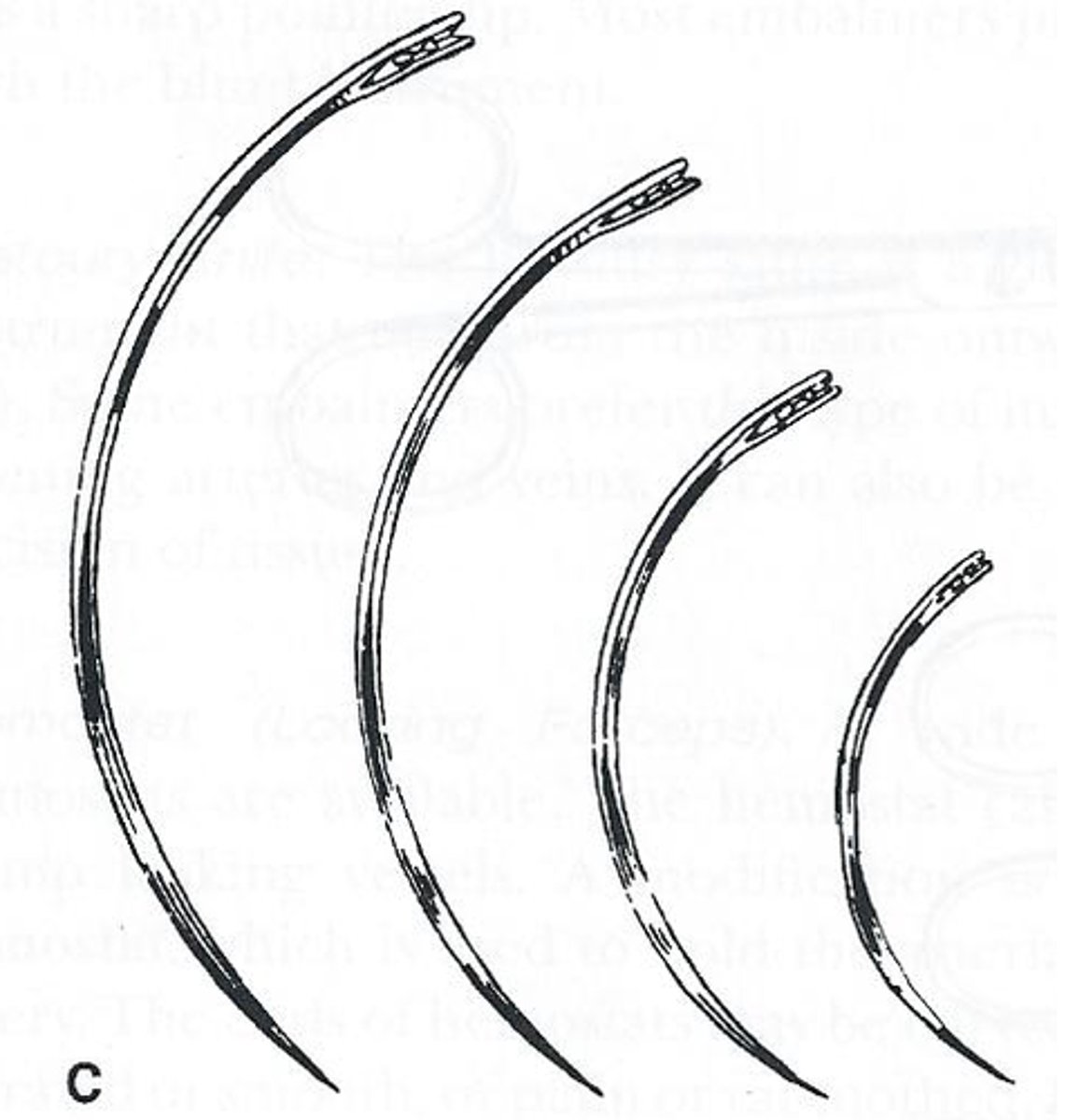
Loopuypt needle
Is designed to better grip the instrument
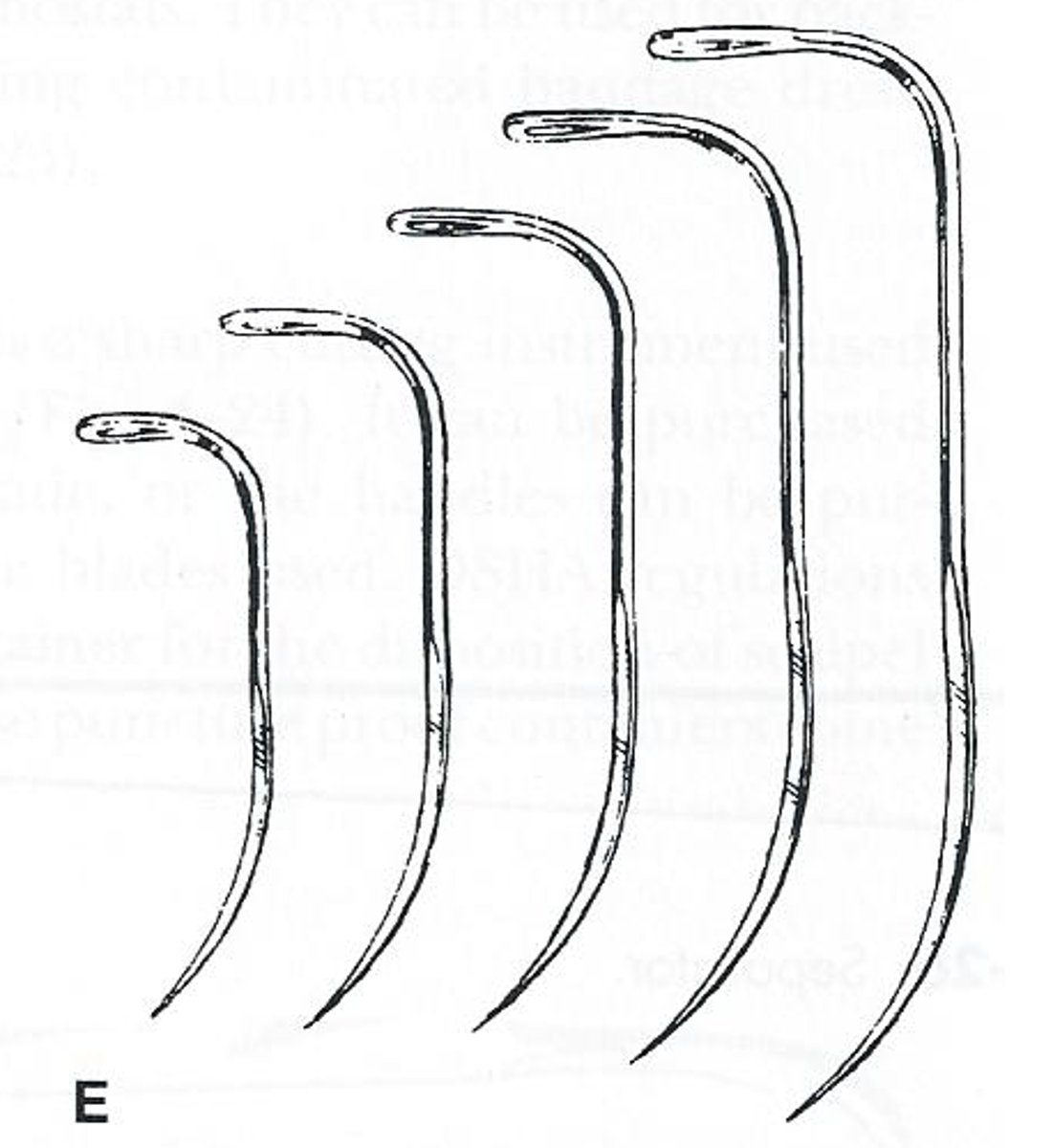
Spring forceps
An instrument used for grasping and holding tissues. Can be straight, curved or angular pictured is straight spring
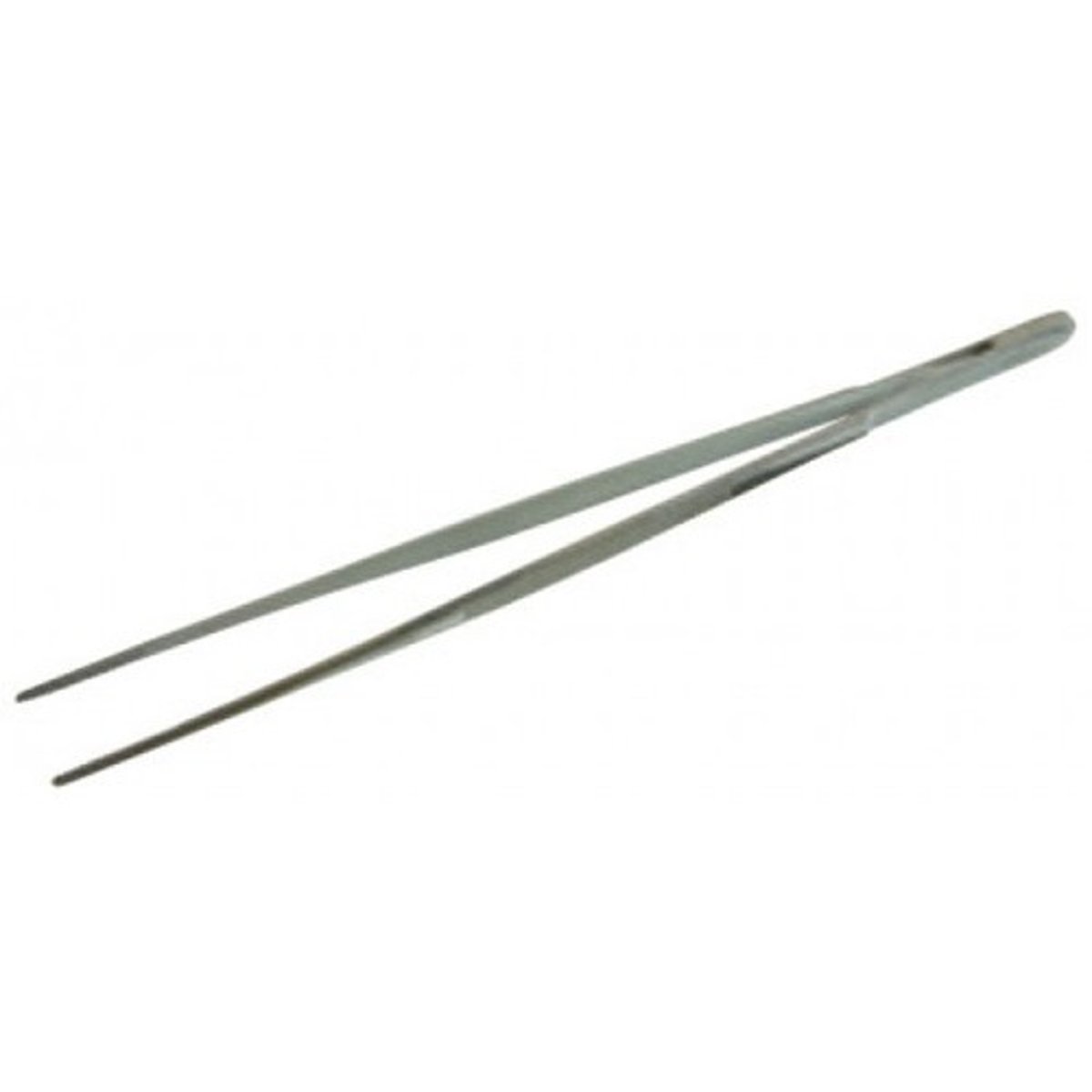
Angular spring forceps
Are used as a drainage instrument, generally in the internal jugular vein. Can be serrated, smooth or rat-toothed
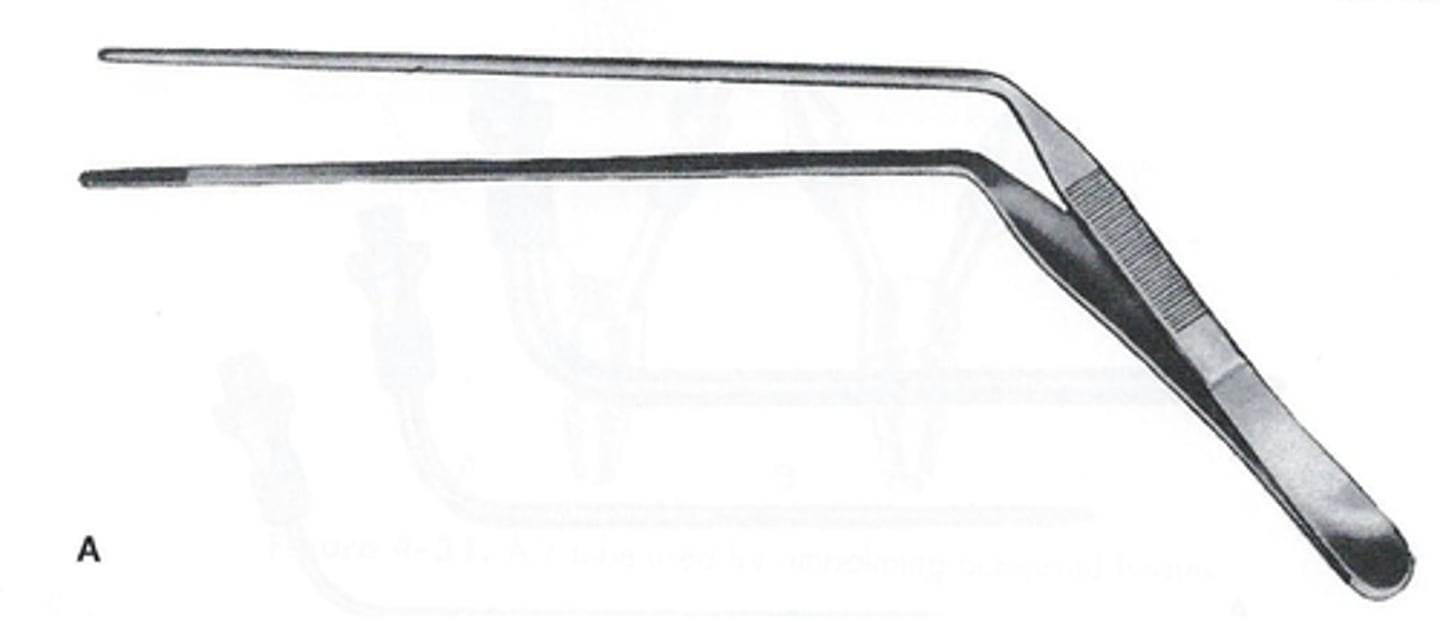
Suture thread
Sold in twist or cord. Three cord is thinner than five or seven cord. Used for suturing.

Threaded arterial tubes
Vary in size. Small enough for injection of infants and distal arteries, such as the radial and ulnar arteries in adults. Large enough for injection of the large carotid arteries. Carotid tubes are short and very large in diameter
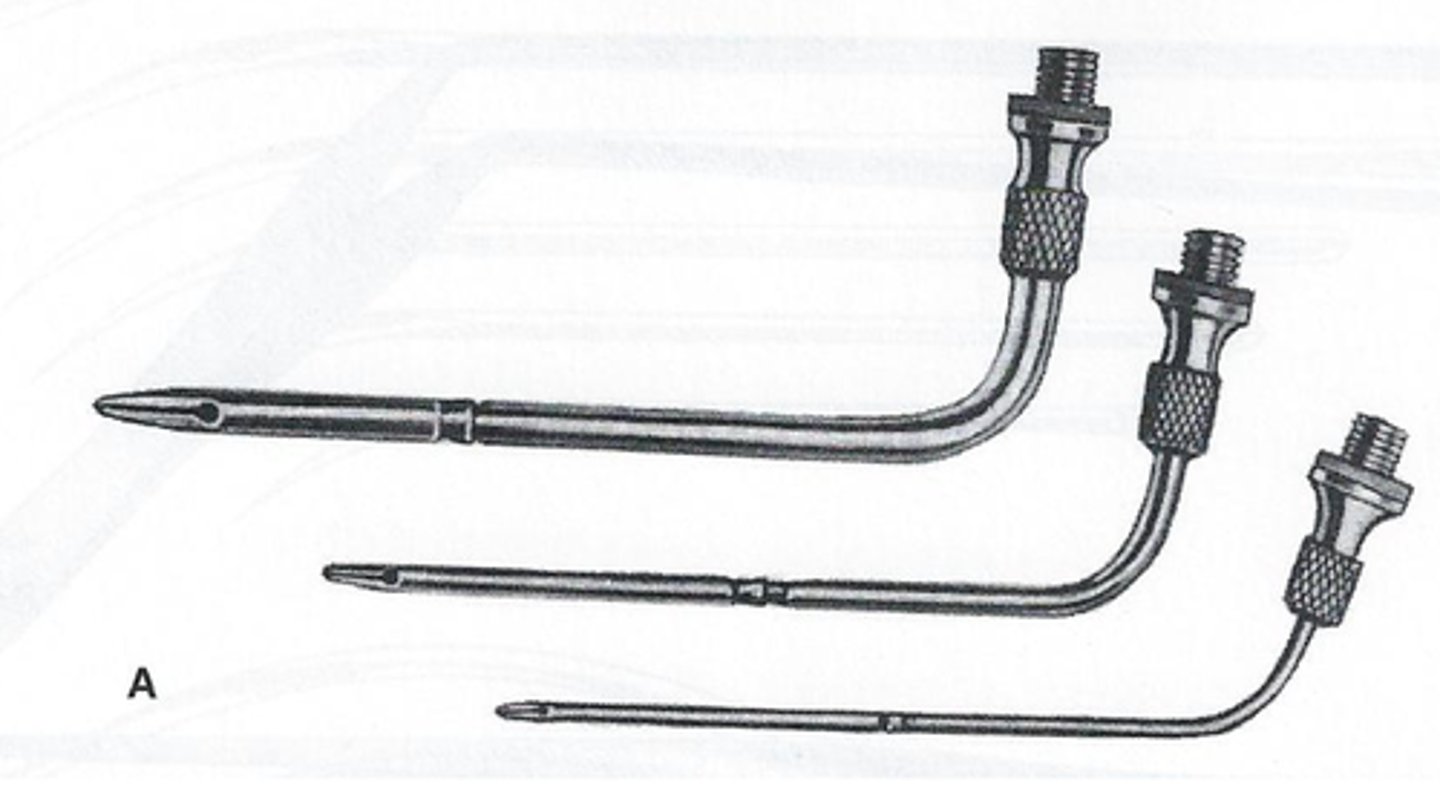
Slip type arterial tubes
The delivery hose from the machine can be directly attached. It can be curved or straight
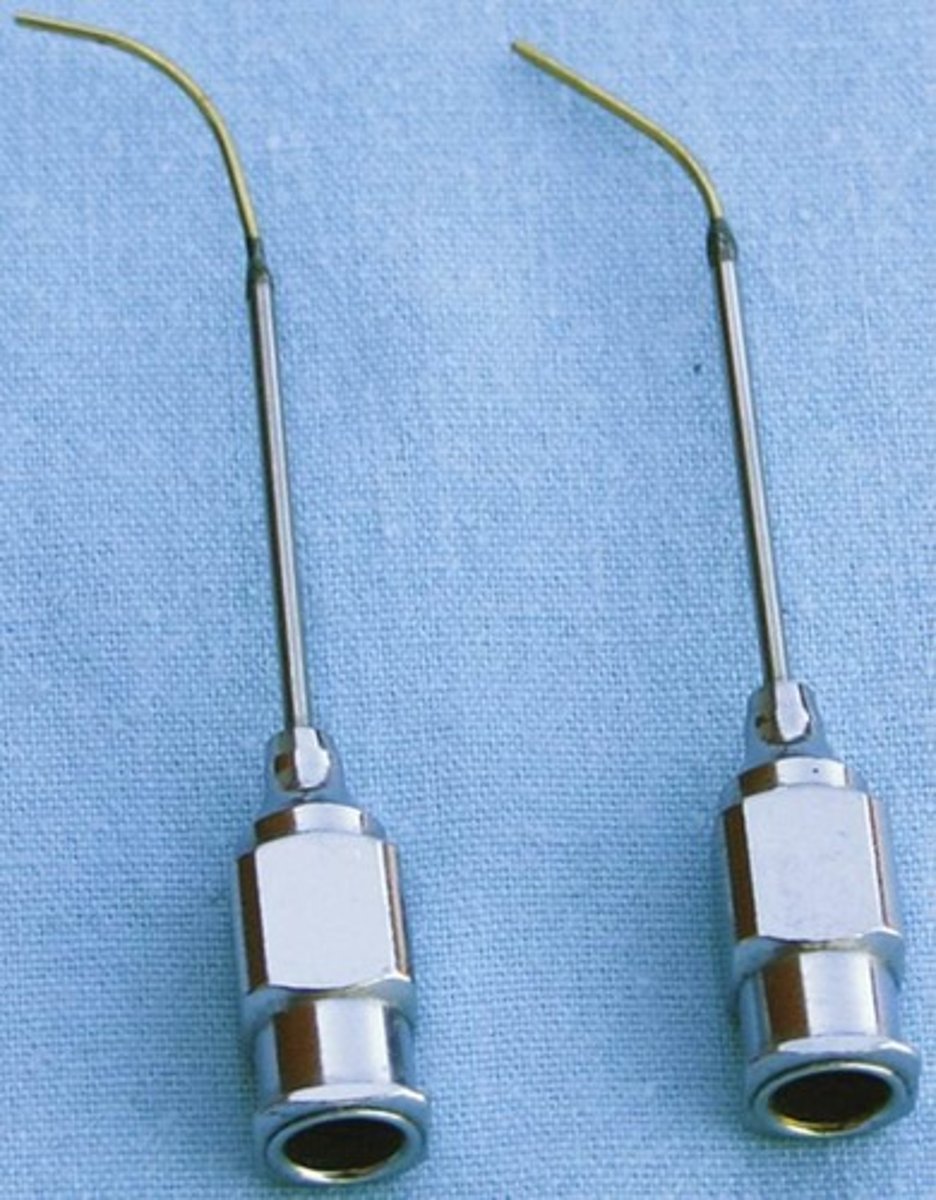
Luer-lok
Arterial tubes developed for high pressure injection. Attach to a connector on the delivery hose
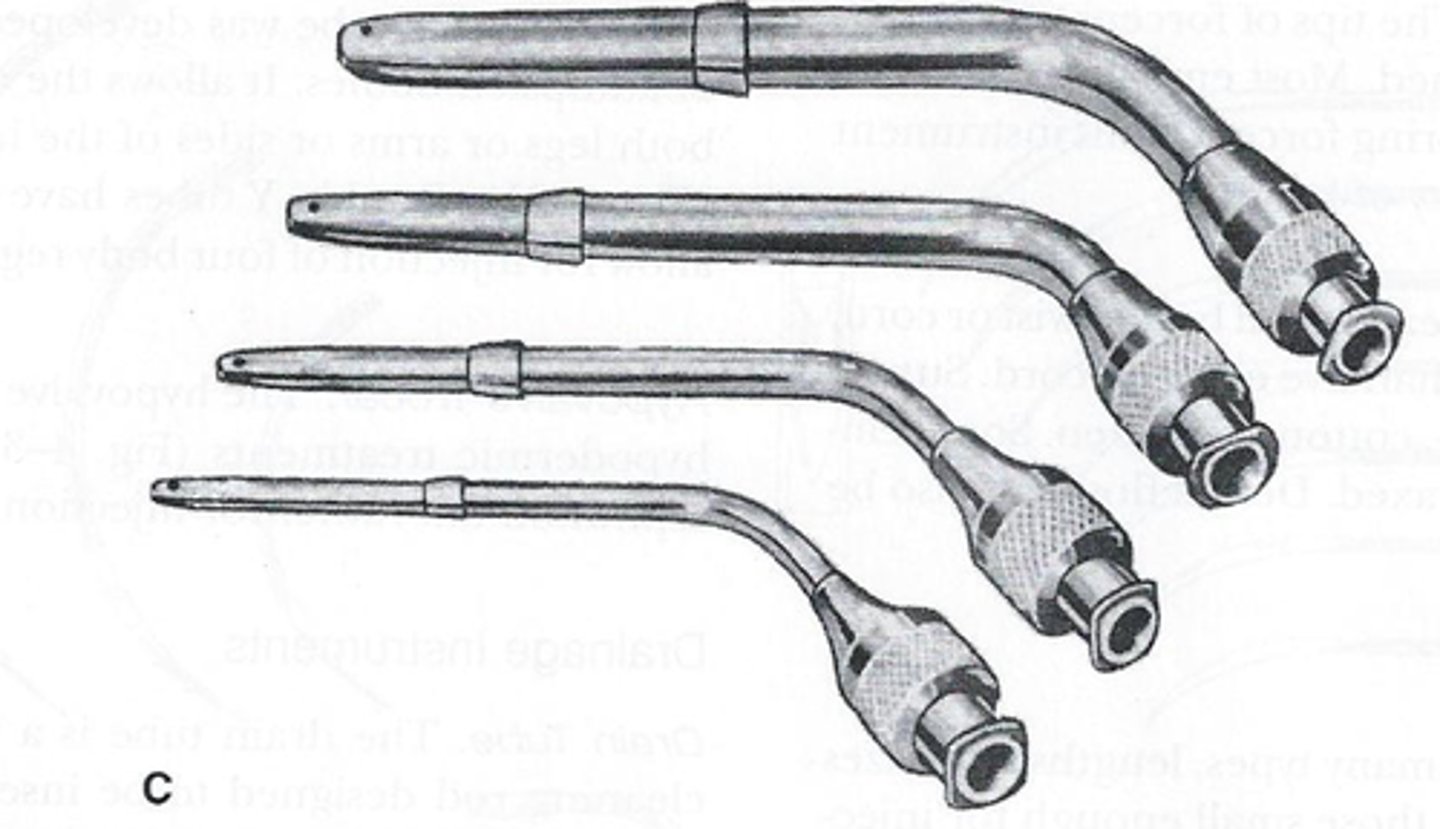
Stopcock
Used to attach the delivery hose from the injection device to the arterial tube. Luer-lok stopcocks are used for arterial tubes with Luer-lok attachments. Used to maintain and stop the flow of fluid into the arterial tube
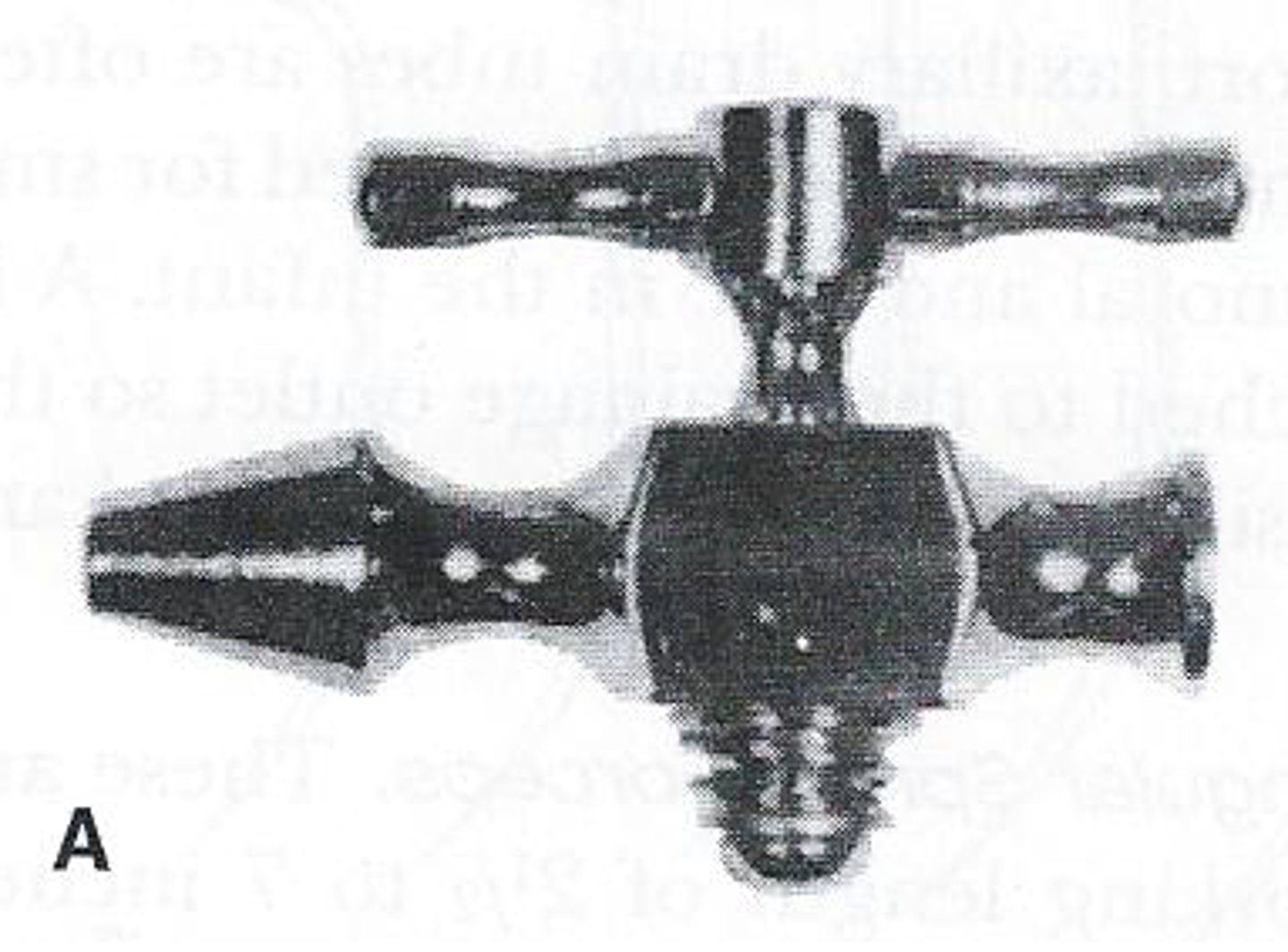
Y tube
Used for embalming autopsied bodies. Allows the embalmer to inject both legs or arms or sides of the head at the same time. Double Y tubes have been developed to allow for the injection of four body regions at the same time

Hypovalve trocar
Used for hypodermic treatments. It is used for injection not aspiration
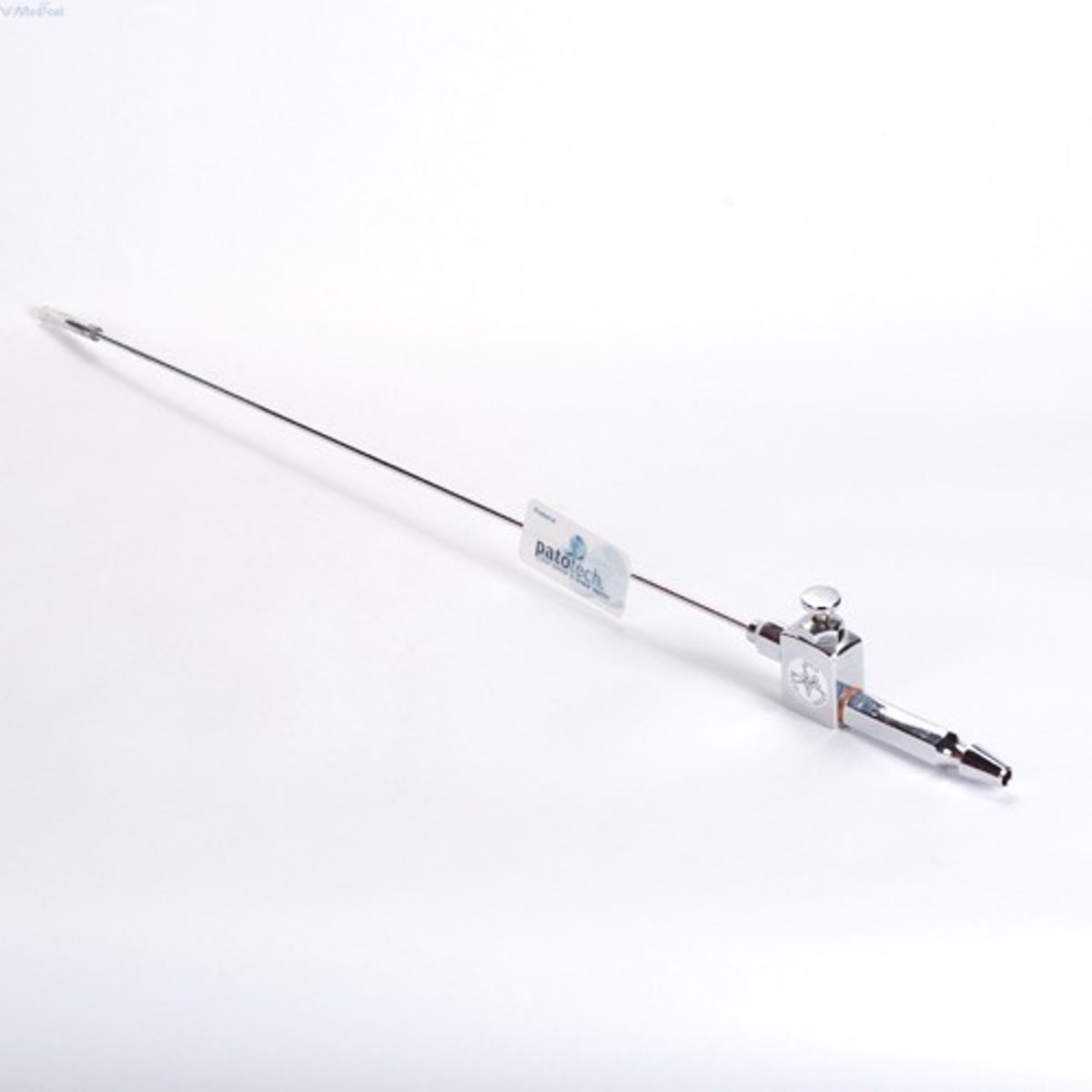
Drain tube
A metal cylinder with a cleaning rod designed to be inserted into a vein. Always inserted toward the heart. They keep the vein expanded and can be closed to build circulatory pressure. The stirring rod can be used to fragment large clots. Come in many sizes: Jugular, axillary, and infant. A hose can be attached so blood drained can be controlled, collected or disinfected
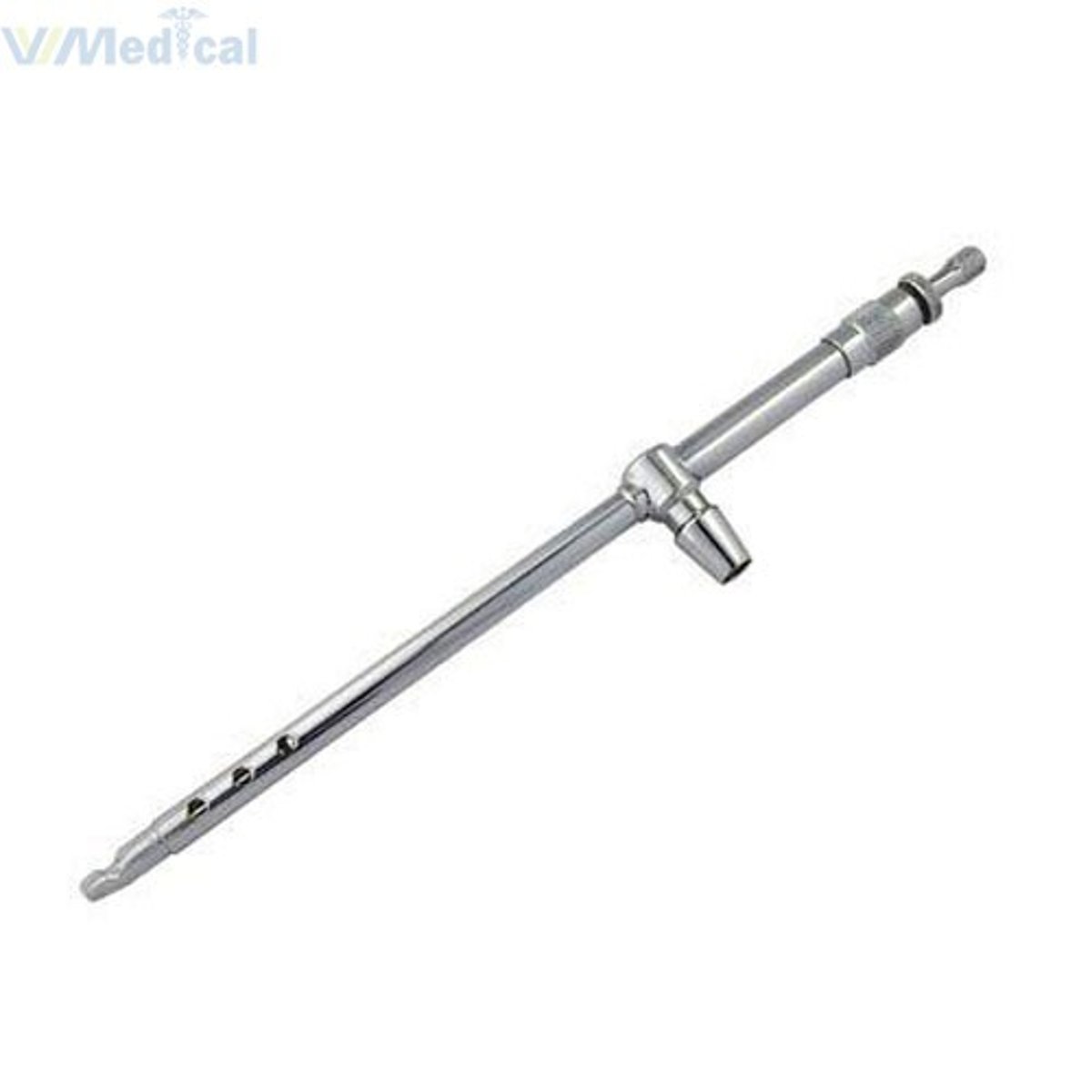
Iliac drain tube
A long drain tube designed to be inserted into the external iliac vein and the tip is directed into the right atrium of the heart

Groove director
Used to expand a vein to help guide a drain tube or drainage device such as angular forceps into a vein for drainage

Autopsy aspirator
Used to aspirate blood and arterial fluid from the cavities of autopsied bodies

Hydroaspirator
Is an aspirating device that creates a vacuum when water is run through the mechanism. Equipped with a vacuum breaker so aspirated material flowing through the device does not enter the water supply should there occur a sudden drop in water pressure
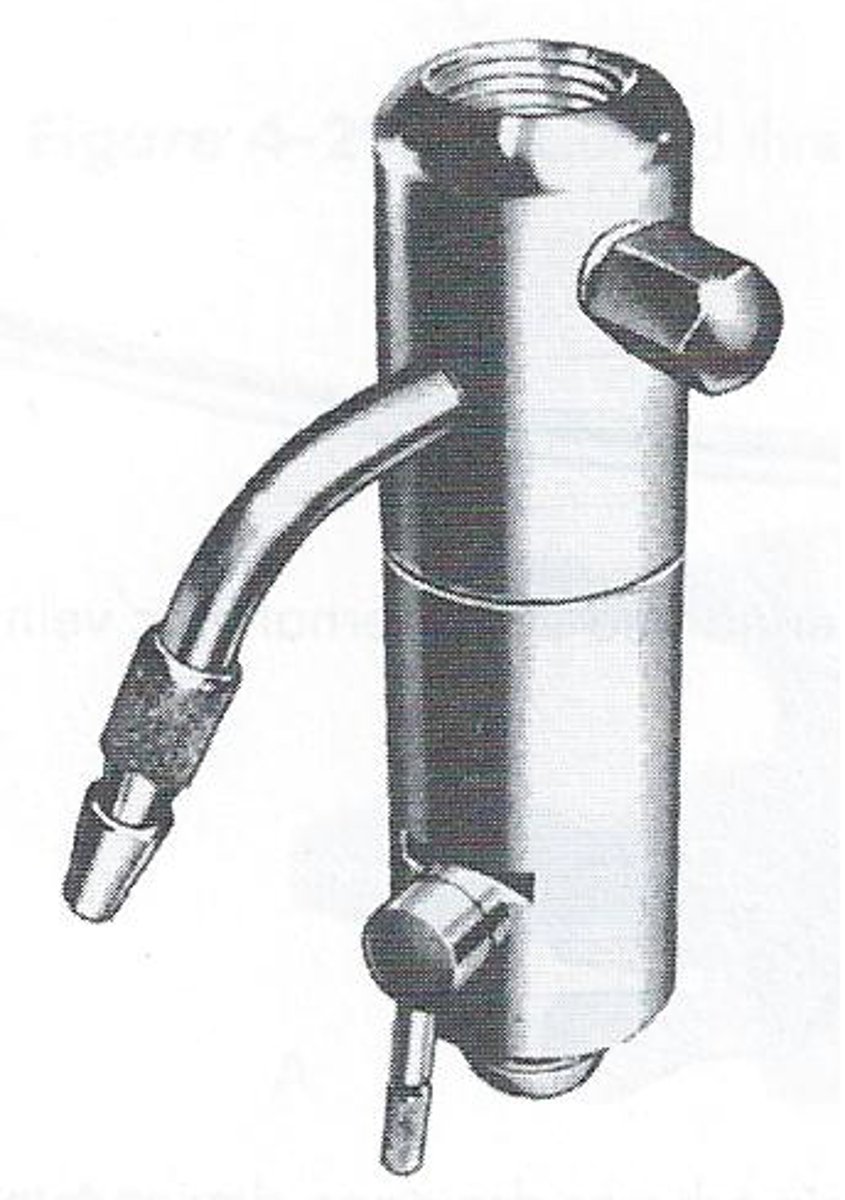
Nasal tube aspirator
Attaches to the aspirating hose. Designed to be inserted into the nostril or throat for limited aspiration of the nasal passage or the throat
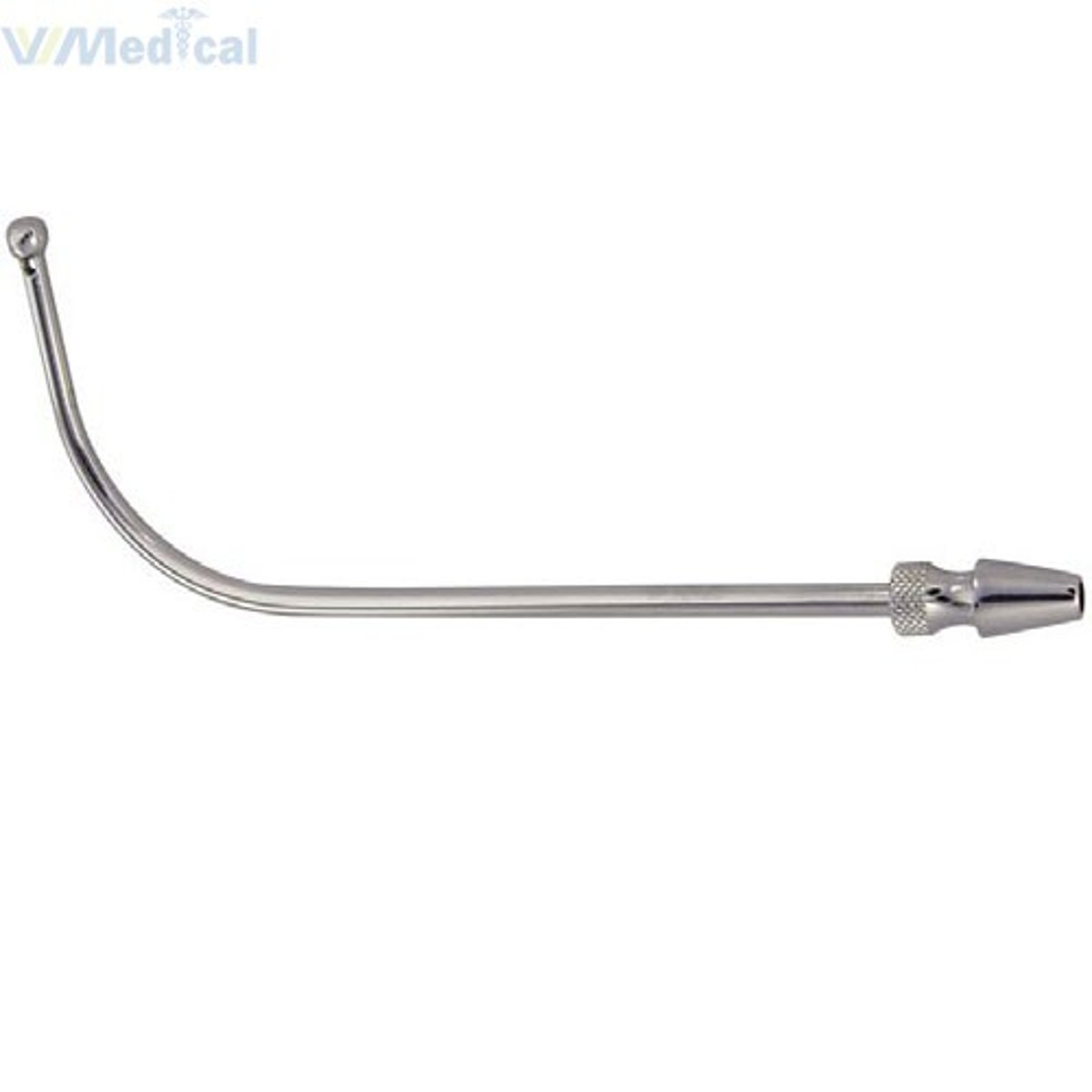
Trocar
Used to aspirate and inject body cavities. Sometimes used for hypodermic injection treatments
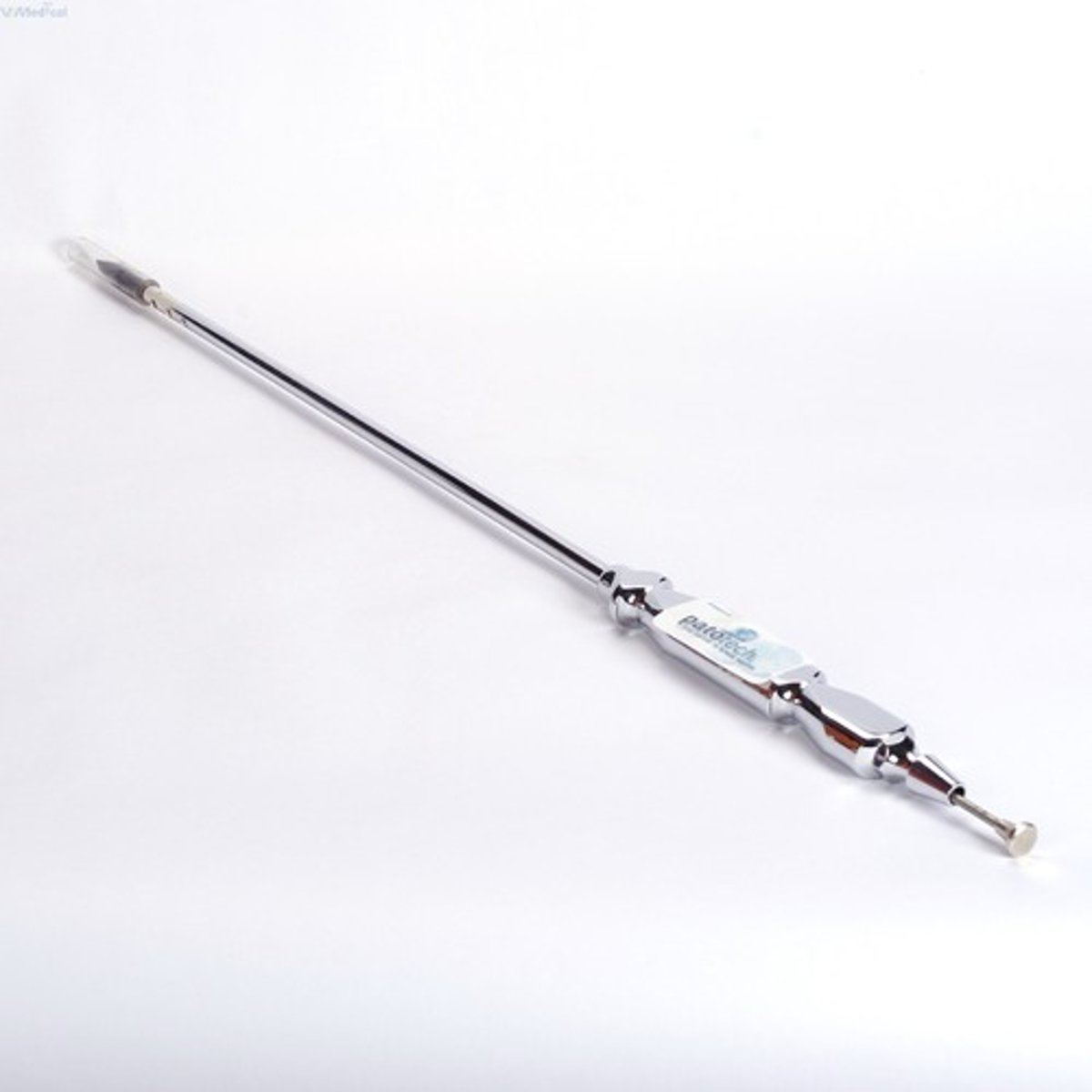
Cavity fluid injector
Screws onto the cavity fluid bottles. When inverted, cavity fluid flows through the trocar into the body cavities

Trocar button
A threaded plastic screw used for closing trocar punctures
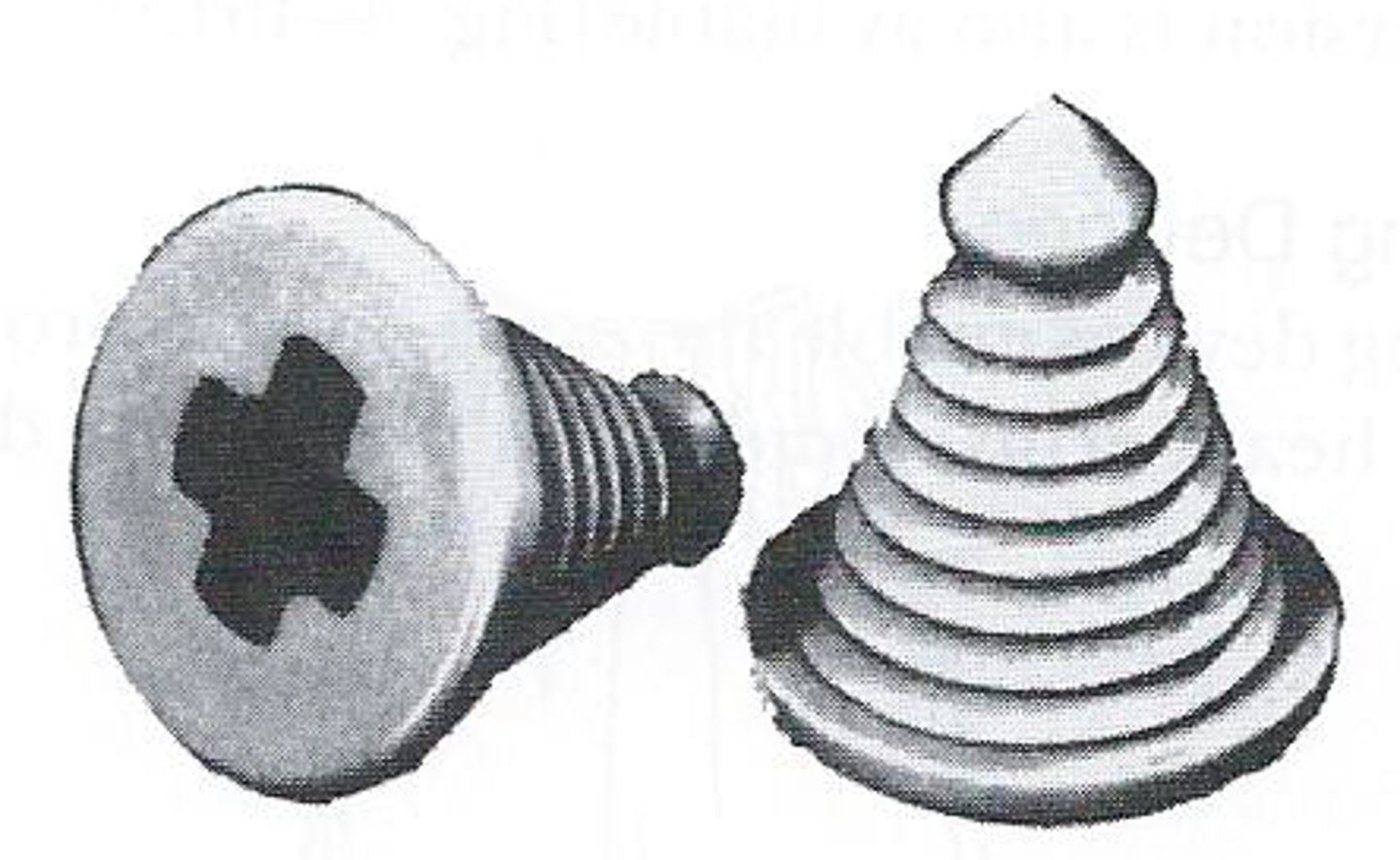
Trocar button applicator
Used to insert the trocar button

Eyecaps
Plastic disks inserted under the eyelids. Keep the eyelids closed and prevent the eyes from sinking into the orbit
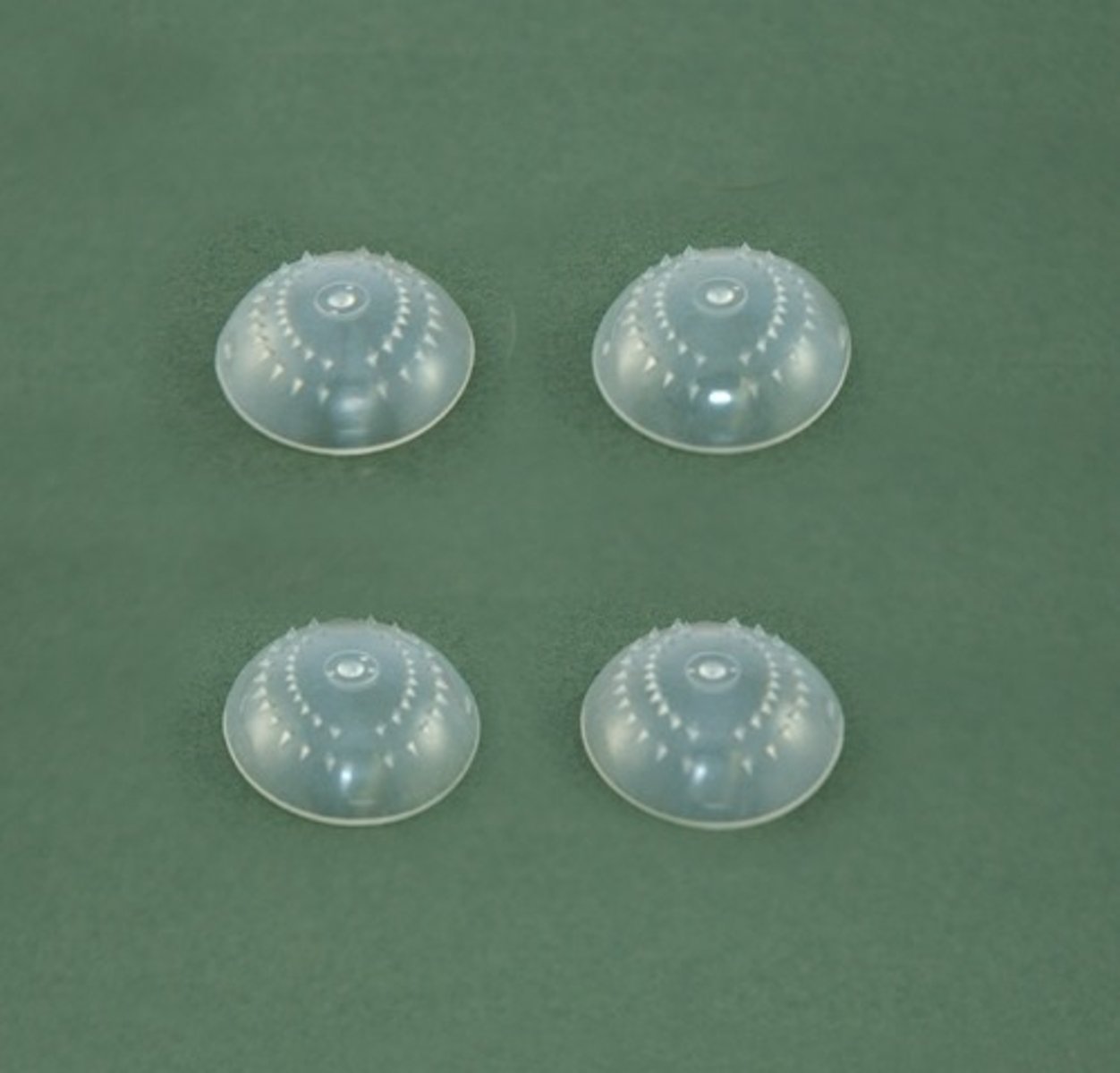
Mouth former
Plastic or metal devices used to replace the teeth
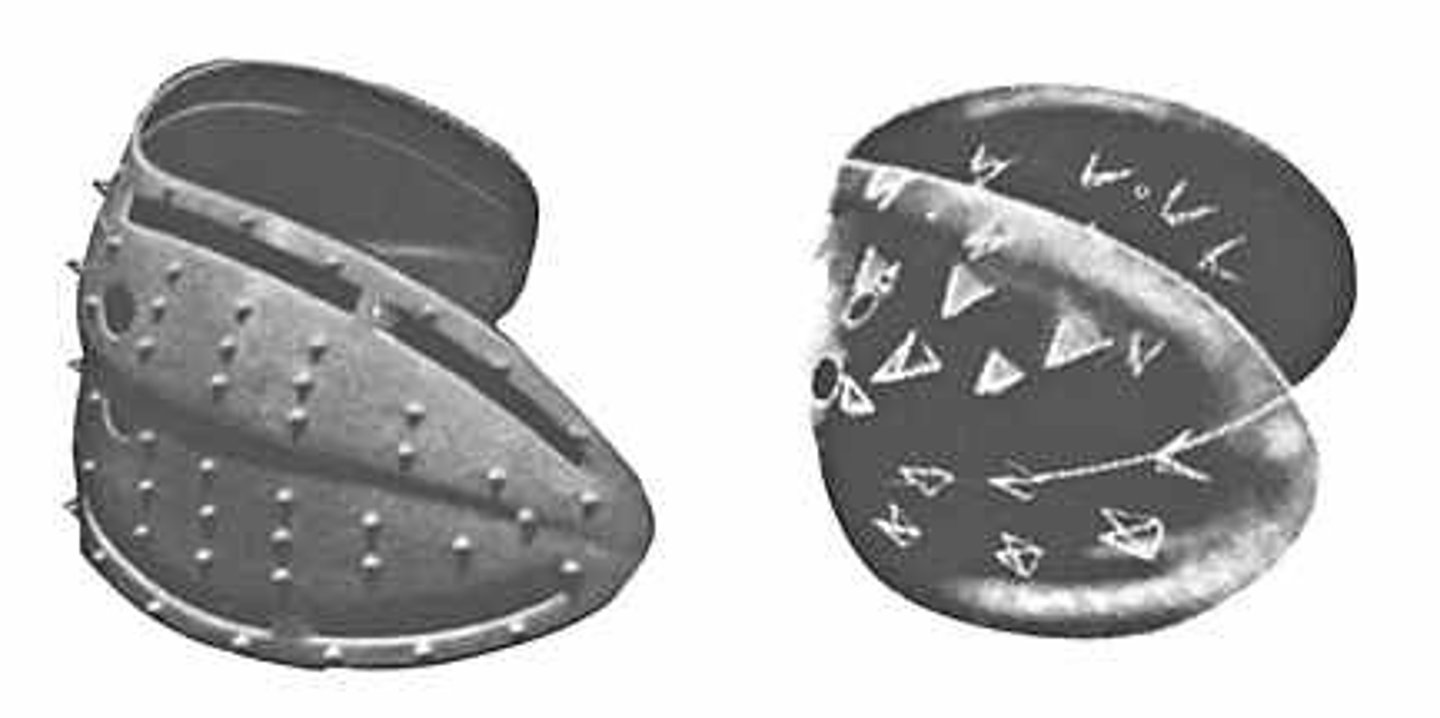
Needle injector
Is used to insert a "barb" into the mandible and maxilla to hold the lower jaw in a closed position

Head rest
Used to elevate the head and neck, arms, feet and thighs
Plastic garments
Used to protect clothing from conditions such as ulcerations, gangrene, or burnt tissue. Help control leakage from the tissue donor body, autopsied body or the condition of edema
Unionall
Plastic garment designed to cover the entire body from the chest down to and including the feet
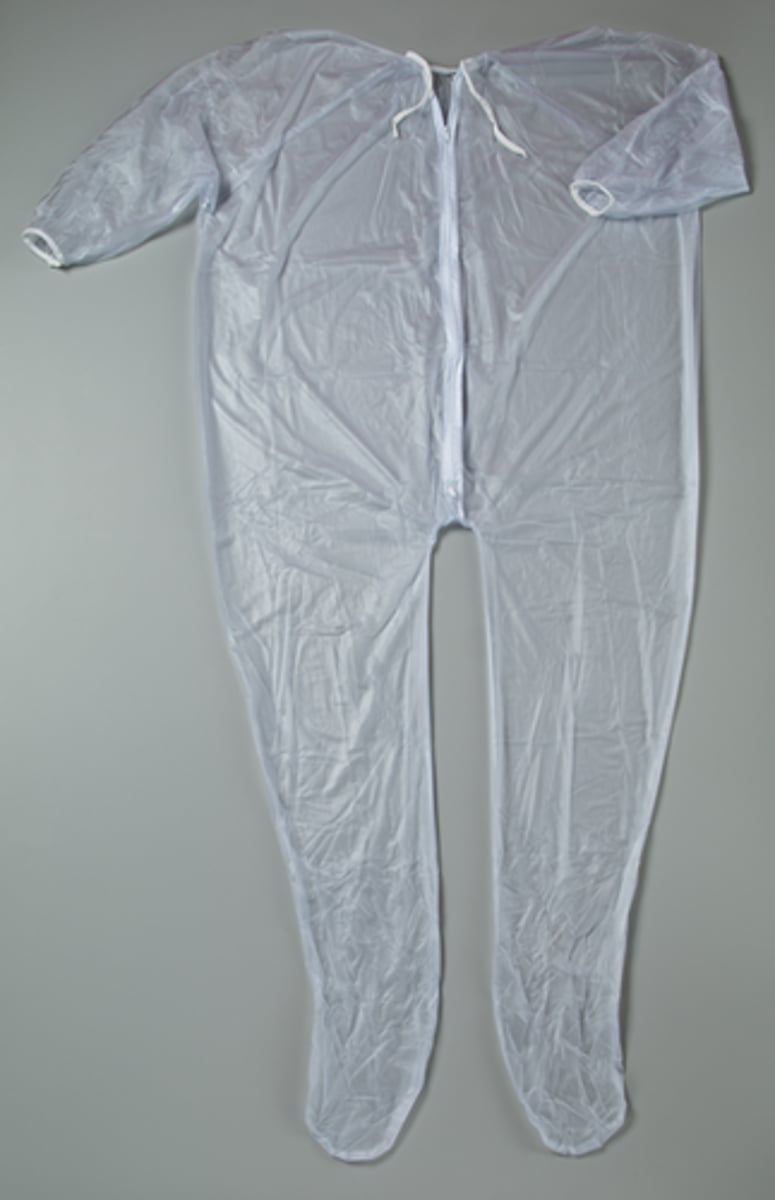
Coveralls
A plastic garment designed to cover the body from chest down to the upper thigh.
